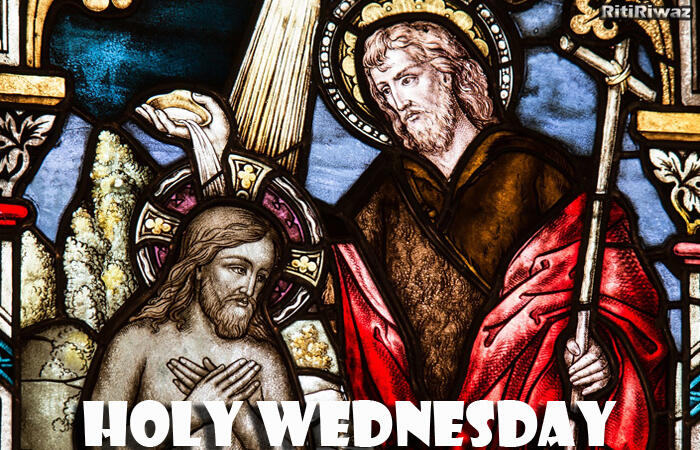Pana Sankranti – Odisha new year

Pana Sankranti or Maha Bisubha Sankranti is celebrated as the first day in Oriya calendar and is the New Year day festival of Buddhists and Hindus in Odisha, India. Also known as Visuva Sankranti, Mesha Sankranti and Chattua Sankranti. It marks the end of spring season and arrival of summers. Every year it is celebrated on 13/14th April.
On this day the Sun enters Mesha Rashi and is over the equator. The word “Visuva” means that day when the Sun fully sits on the equator making the length of days and nights equal. After this particular day the Sun moves in the northern direction to eastern side as India is situated to the north of the equator. Pana Sankranti is new year for Odisha people similarly, Vaisakhi for North Indians, Ugadi is for Telangana and AndraPradesh, Bihu for Assam, Puthandu for Tamil Nadu, and Pohela Baishakh for West Bengal.
In the Odia tradition, the Pana Sankranti is believed to be the birthday of the Hindu deity Hanuman, whose loving devotion Lord Rama (Seventh Avatar of Lord Vishnu) in Ramayana is legendary. His temples, along with those of Shiva and Surya (sun god) are revered on the new year.
Pana is considered important drink of this day, people offer Pana to the thirsty hence the day is called Pana Sankranti. Pana – a chilled sweet milk-ripe fragrant fruit of bael and black piper drink, the specialty of the occasion.
Legend
According to a legend when ‘Bhishma’, the grandfather of ‘Kurus’ or ‘Kauravas’ and the ‘Pandavas’ lay on the bed of arrows (‘Shara Sajya’) he felt thirsty and there was no water nearby in the ravaged battle-field of ‘Kurukshetra’. Then ‘Arjuna’ with his powerful bow thrusted an arrow deep into the ground and water immediately came out in a stream to quench the thirst of the dying warrior. Out of contentment and compassion Bhishma conferred to ‘Yudhisthira’, “Those people who would offer cold water to thirsty people on this day would not only be free from all sins, but also the departed souls of their ancestors as well as the Gods in heaven would be pleased.” This saying of the holy scripture is observed with great reverence and people all over the country offer sweet-water to thirsty people as a religious rite.
How the day is celebrated
Pana Sankranti is an important harvest festival for the people of Odisha and they celebrate the day with lot of enthusiasm and joy. On the onset of summers the farmers pray to the god for good rain and a better harvest. It is celebrated in different names elsewhere included Sangken (Khamtis), Longte (Nyishis), Vaisakhi (north and central India), Rongali Bihu (Assam), Vishu (Kerala), Puthandu (Tamil Nadu), Pohela Boishakh (West Bengal, Tripura & Bangladesh, Bikram Samwat/Vaishak Ek (Nepal), Aluth Avuruthu (Sri Lanka), Songkran (Thailand) Chol Chnam Thmey (Cambodia), (P mai lao (Laos) and Thingyan (Myanmar).
The Day is believed to be the birthday of Hindu deity hanuman while Basundhara theki (a small earthen pot) is hanged in Tulsi chaura on this day for water to drop below on Tulsi tree. The festival is celebrated with visits to Shiva, Shakti, or Hanuman Temples, as the day is considered to be the birthday of Hanuman. People take baths in rivers or major pilgrimage centers.
On this day, the Odiya families get up early in the morning and to take sankranti buda (the bath) in nearby located rivers/ponds. Gayatri mantra is recited by standing in knee deep water while they worship lord Surya. Some of the people perform the homa (worship in front of fire). The people spend their day visiting temples Many keep upwas (fast) while the other people take some simple vegetarian food. The people in Odisha celebrate this festival by worshipping Tulsi plant. They offer God a special drink called Pana prepared from the mixture of bel fruit, yoghurt and paneer which is later consumed by the people Bel Pana with great pleasure. Offering the pana is to provide relief from summer the plant of Tulashi is kept away from the heat.
Danda Nata(A form of performing arts ) is ritual performed in different parts of the state to welcome the new year. People seek the blessings of Goddess Kali and Lord Shiva. It marks the end of month long Meru Jatra. A group street performance on Pana Sankranti is also organised near the Lankeswari Temple, Sonepur, Odisha. The Patua Jatra or Chadak Parba is a week long festival that is celebrated in parts of Northern Odisha and ends on Pana Sankranti. Jhamu Jatra is organised at Sarala Temple on this day. People walk on coal fire with the belief that upcoming year will be obstacles free for them.
Communities participate in mela, enjoy dance and acrobatic performances and much more.
Happy #OdiaNewYear and Maha Bishuba Pana Sankranti
New Year day is celebrated across many other communities in Asia which follow the Hindu-Buddhist solar calendar traditions.
- Vaisakhi in North India and Nepal
- Pohela Boishakh in states of West Bengal and Bangladesh
- Bohag Bihu in Assam
- Jur Sital in Mithila
- Puthandu in Tamil Nadu
- Vishu in Kerala
- Aluth Avuruthu in Sri Lanka
- Songkran in Thailand
- Chol Chnam Thmey in Cambodia
- Pi Mai Lao in Laos
- Thingyan in Burma






